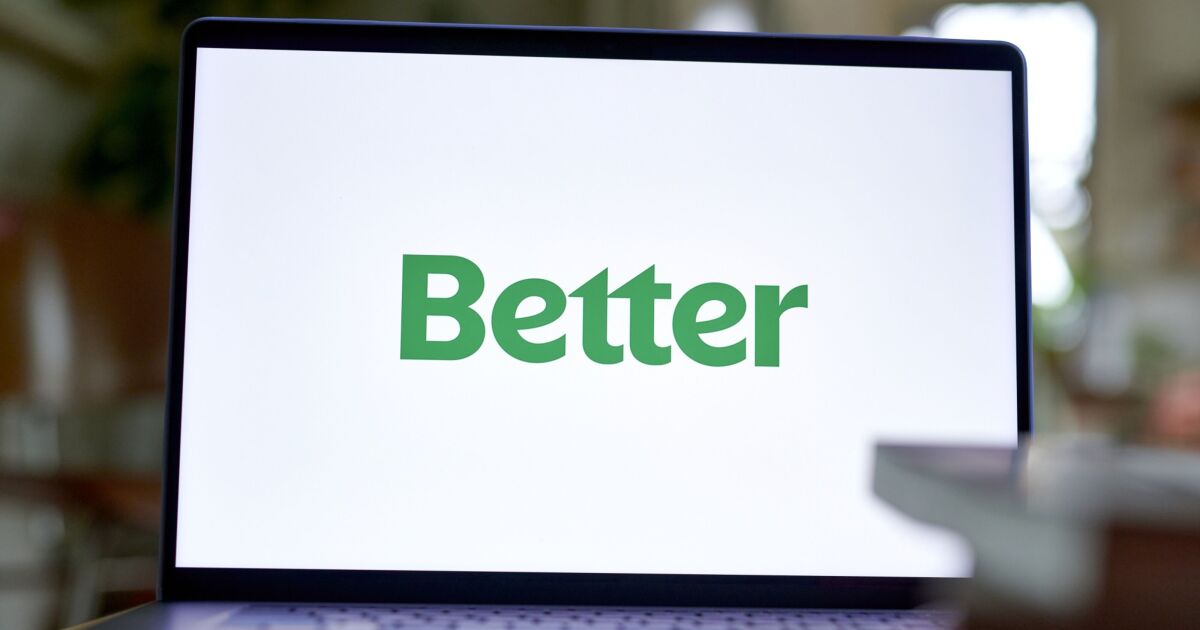
The digital lender, reporting earnings for just the fourth time as a public company, had a $42 million net loss in the second quarter, it said Thursday. That's an improvement over the
Positive metrics included a 45% quarterly increase in funded loan volume to $962 million, and a gain-on-sale margin ticking up six basis points to 243 bps in the recent period. Better's revenue grew 41% quarter-over-quarter to $31 million.
Better's origination volume is far different from what it was
Executives meanwhile said their sales and customer support have some of the lowest expenses per loan funded in the industry due to investments in artificial intelligence. Better is using generative AI for autonomous voice agents generating pre-approvals; comprehensive document scanning; and underwriting which powers its One Day Mortgage lending.
Founder and CEO Vishal Garg suggested during the call that the company could lower its total cost of manufacturing a loan by over 50% in the coming years.
"Our current labor cost for making a loan from a processing and underwriting perspective is about $1,200 a loan," Garg later told National Mortgage News. "We see that that can get down to as low as $500 a loan over time."
The CEO also estimated Better can bring its current sales cost per funded loan from around $2,500 currently to $500. Combined, the lender could possibly put the cost of manufacturing a loan to just $1,000, well below the industry average.
The company reported $73 million in expenses in the second quarter, flat from the end of March. It increased its marketing spend quarterly by 87%, including broadcast TV and streaming, Garg said, and a
Better held $507 million in cash and cash equivalents at the end of June, retaining much of the capital infusion it gained when it went public last August. It also has warehouse lending lines totalling $425 million.
Garg also said Better's loan officer productivity is "best in class for the industry." The lender has
"They don't need to make a manual loan estimate, they don't need to send out disclosures themselves," said Garg. "They don't need to remind themselves to get documents or get data. They've just got to reorient their day to the thing they just do best, which is selling."
The publicly traded lender will also undertake a 1-for-50 reverse stock split to address its dismal performance on Nasdaq. As of Thursday afternoon, Better's stock was trading $0.38 per share following its morning release.
The split, approved by stockholders in June, will go into effect after the market closes Friday, Aug. 16, and begin trading on its new basis Monday, Aug. 19. The lender said it would reveal more details in an 8-K filing later Thursday.



